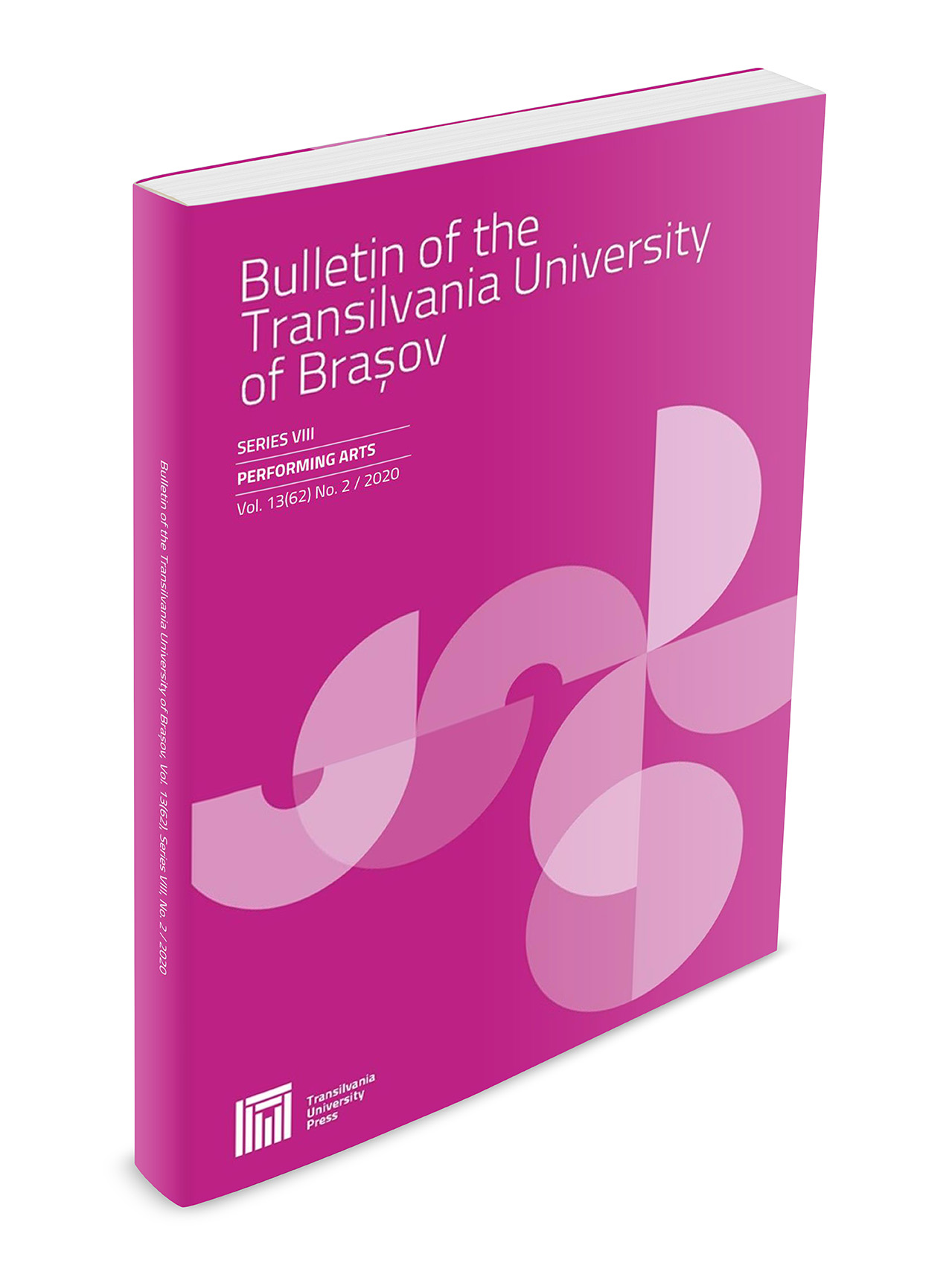Management Strategies for Optimising the Physical Education System in the Primary and Secondary School (Grades 1 to 6) with Special Reference to Athletism
Keywords:
physical education, social requirements, athletics, strategyAbstract
The nature of physical education is predominantly biological, involving significant features at the social, cultural, and educational levels. Like other disciplines, physical education attempts by all ways and means to improve the content of its activity in order to achieve certain immediate and long-term goals. It is certain that the traditional curriculum of physical education should be adapted and improved according to social development and new requirements arising and thus teaching old concepts must be reoriented for the purpose of responding to the current social requirements. (Kabitsis, 1990; Avgherinos,2000; Palej, 1990; cerghit, 1983, Ciorba, 2001; Bradaton, 1993; Chirazi, 1999, Zervas, 1994). Nowadays physical education in schools can not be fully achieved through the traditional curriculum, or through the traditional concept of teaching, which has focused on the formation of motor dynamic skills and the development of dynamic qualities. Moreover, the teaching–learning–evaluation activity possesses a reproductive feature, following a pattern and lacking creativity. Within the physical education classes, athletics, through adequate and well-designed teaching, makes a substantial contribution to the fulfillment of this task. (Alexe, 1981, Kleisouras, 2004; Atanasiu, 1988; Georgis, 2004).Downloads
Published
Issue
Section
License
Copyright (c) 2010 Bulletin of the Transilvania University of Braşov. Series VIII: Performing Arts

This work is licensed under a Creative Commons Attribution 4.0 International License.




